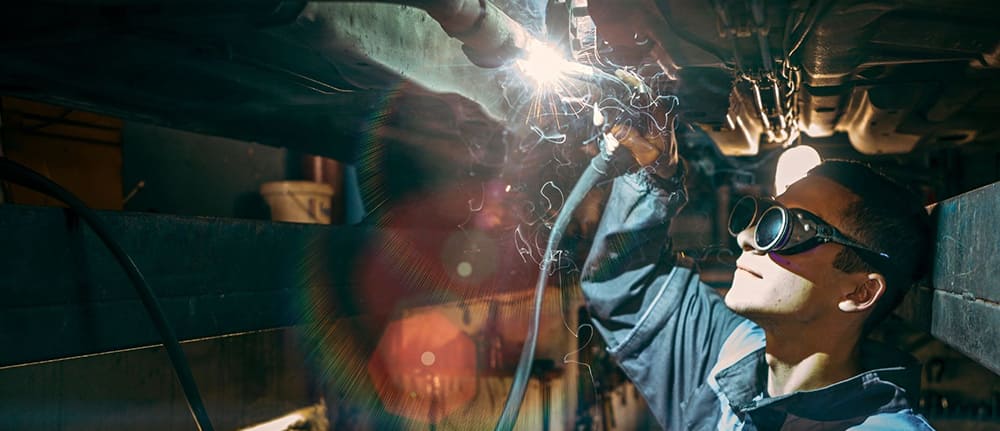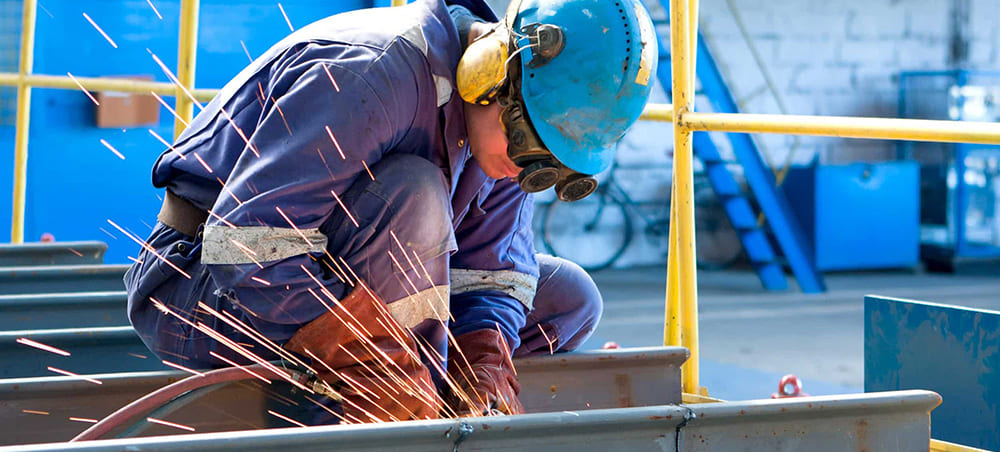The Consequences of Not Wearing Eye Protection While Welding

Welding is a crucial process in various industries, including construction, manufacturing, and automotive repair. While welding enables the joining of metal parts, it also presents certain hazards that must be addressed to ensure worker safety. One of the most critical safety measures during welding is wearing proper eye protection. This article aims to shed light on the consequences that can occur if individuals neglect to wear eye protection while performing welding tasks.
Welder's Flash:
One of the immediate risks of not wearing eye protection during welding is exposure to intense ultraviolet (UV) and infrared (IR) radiation. This exposure can lead to a condition known as welder's flash or arc eye. Welder's flash causes severe pain, redness, and a gritty feeling in the eyes, similar to having sand in the eyes. This condition typically develops a few hours after exposure and can last for several days.
Damage to the Eyes:
Prolonged or repeated exposure to the intense light produced during welding without proper eye protection can cause permanent damage to the eyes. The UV and IR radiation emitted during welding can burn the cornea, leading to a condition called photokeratitis. Symptoms of photokeratitis include eye pain, blurred vision, sensitivity to light, and excessive tearing. If left untreated, it can result in long-term vision problems.

Infrared Radiation Hazards:
In addition to the UV radiation emitted during welding, there is also a significant amount of infrared radiation. Prolonged exposure to infrared radiation can cause cataracts, a clouding of the lens in the eye that affects vision. Cataracts can develop over time and may require surgical intervention to correct.
Flying Debris and Particles:
Wearing eye protection, such as safety goggles or a welding helmet with a proper face shield, not only shields the eyes from harmful radiation but also safeguards against flying debris and particles. During welding, sparks, molten metal, and other debris can fly off, posing a risk of eye injury. Without adequate eye protection, these objects can cause corneal abrasions or even penetrate the eye, leading to severe damage or vision loss.

Long-term Vision Impairment:
Neglecting to wear eye protection while welding can have long-term consequences on vision. Chronic exposure to intense light, radiation, and debris can contribute to the development of eye conditions such as macular degeneration, retinal damage, and even blindness. Protecting the eyes during welding is crucial to maintaining good vision and preventing irreversible eye problems.
Conclusion:
Eye protection is an essential aspect of welding safety that should never be disregarded. Failure to wear appropriate eye protection while welding can result in immediate discomfort and pain from welder's flash, as well as long-term eye damage. The risk of developing conditions like photokeratitis, cataracts, and other vision impairments increases significantly without proper eye protection. By prioritizing the use of safety goggles or a welding helmet with a face shield, welders can ensure their well-being and safeguard their vision for years to come. Remember, when it comes to eye protection, there is no compromise when working with welding equipment.










